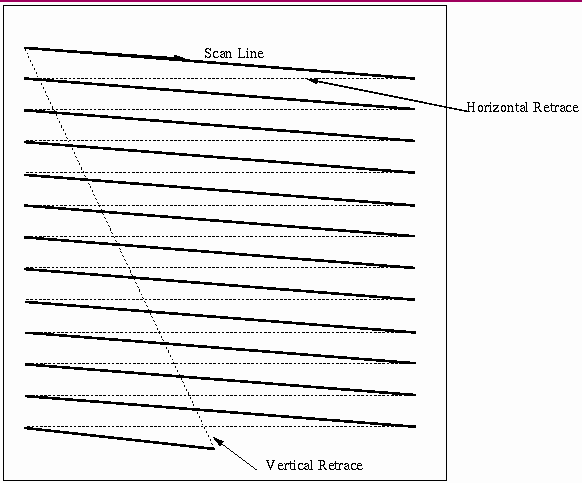The diagram shows the blanking intervals as if they were pixels of a larger image with no blanking. This is a very useful way to visualize blanking intervals. How else would you do it?
As a creator of a video signal, your job is to create a signal with the correct timing. Maybe you could count the timing as a certain number of microseconds of hsync, a certain number of microseconds of front porch, a certain number of pixels with a certain number of microseconds per pixel, then a certain number of microseconds of back porch, but it's easier to measure the entire thing in pixels, and likewise it's easier to measure the entire vertical thing in lines (aka pixels).
The last diagram says that there are 480 lines on the screen plus a blanking interval equivalent to 45 lines. The same for horizontal, but the numbers aren't shown.
Note that actual blanking is for CRT displays and irrelevant for LCD screens. LCD screens often still use it for historical compatibility. The DisplayPort diagram shows the blanking times are used to transfer metadata and audio.



